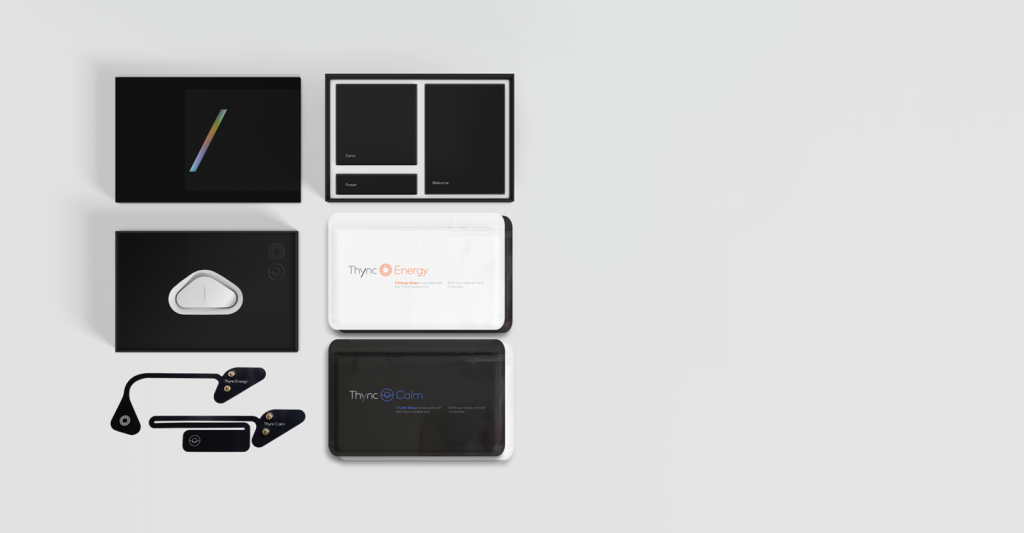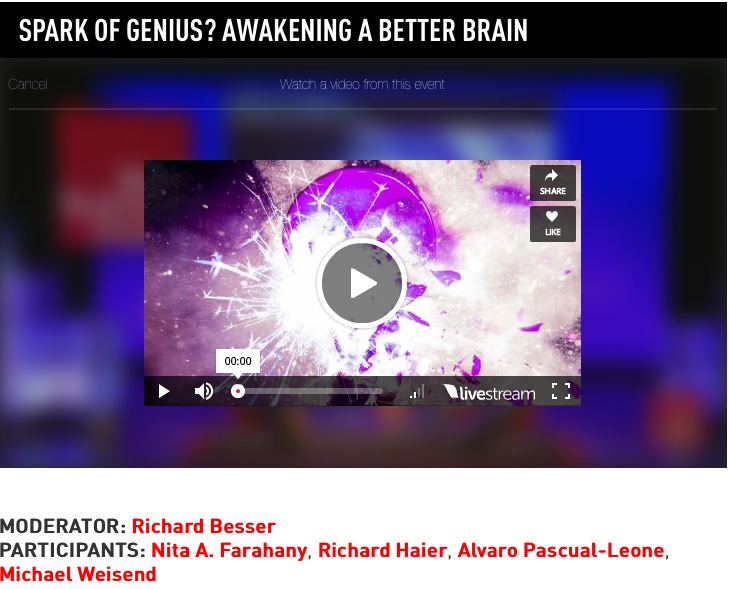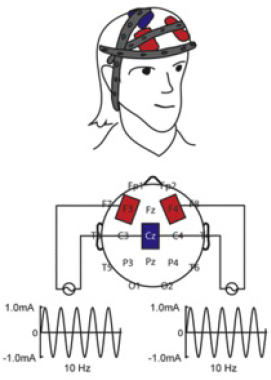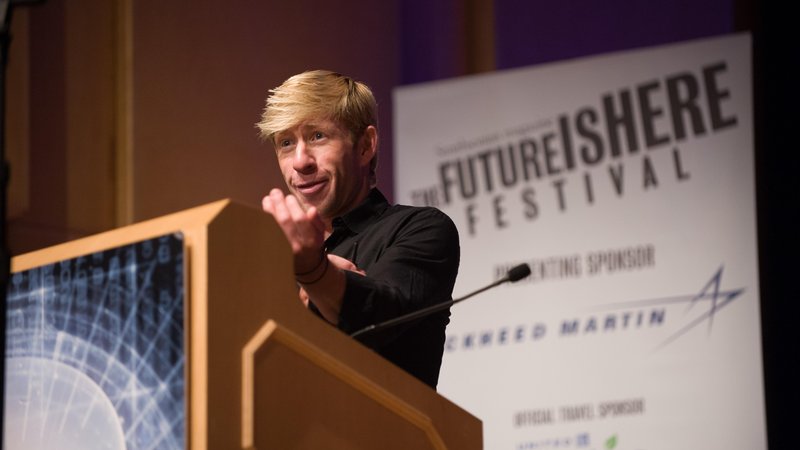I’m exposing my bias here, which is the hope that tDCS will be found to facilitate memory retrieval. This study, in mice, retrieved dormant memories using light (optogenetics) to activate cells used in memory formation. Recent studies suggest that memories are formed within a synaptic network, parts of which extend to areas of the brain more frequently targeted by tDCS. Probably closest to the research I’d like to see done (that I’m aware of) was reported in 2009, “Where Are Old Memories Stored in the Brain?“. I imagine a study where early memory, triggered by photos and recollections, are imaged using fMRI and that later, those same areas are targeted using tDCS. In the study reported on above, Medial Temporal Lobe Activity during Retrieval of Semantic Memory Is Related to the Age of the Memory, researchers concluded that older memories associated with regions in the frontal lobe, temporal lobe, and parietal lobe. (Though seems inconclusive as to whether memories are ‘stored’ there… “An additional way to understand the increasing involvement of some cortical areas, especially frontal cortex, as time passes is that older memories require more strategic, effortful search.”) Now, back to the post title article…
The researchers then attempted to discover what happens to memories without this consolidation process. By administering a compound called anisomycin, which blocks protein synthesis within neurons, immediately after mice had formed a new memory, the researchers were able to prevent the synapses from strengthening.
When they returned one day later and attempted to reactivate the memory using an emotional trigger, they could find no trace of it. “So even though the engram cells are there, without protein synthesis those cell synapses are not strengthened, and the memory is lost,” Tonegawa says.
But startlingly, when the researchers then reactivated the protein synthesis-blocked engram cells using optogenetic tools, they found that the mice exhibited all the signs of recalling the memory in full.
“If you test memory recall with natural recall triggers in an anisomycin-treated animal, it will be amnesiac, you cannot induce memory recall,” Tonegawa says. “But if you go directly to the putative engram-bearing cells and activate them with light, you can restore the memory, despite the fact that there has been no LTP.”
Source: Scientists retrieve lost memories using optogenetics
See Also: Neuroanatomy of memory
Gone But Not Forgotten? The Mystery Behind Infant Memories
The Hippocampus and episodic memory (video)
Neuron Basics (video)







